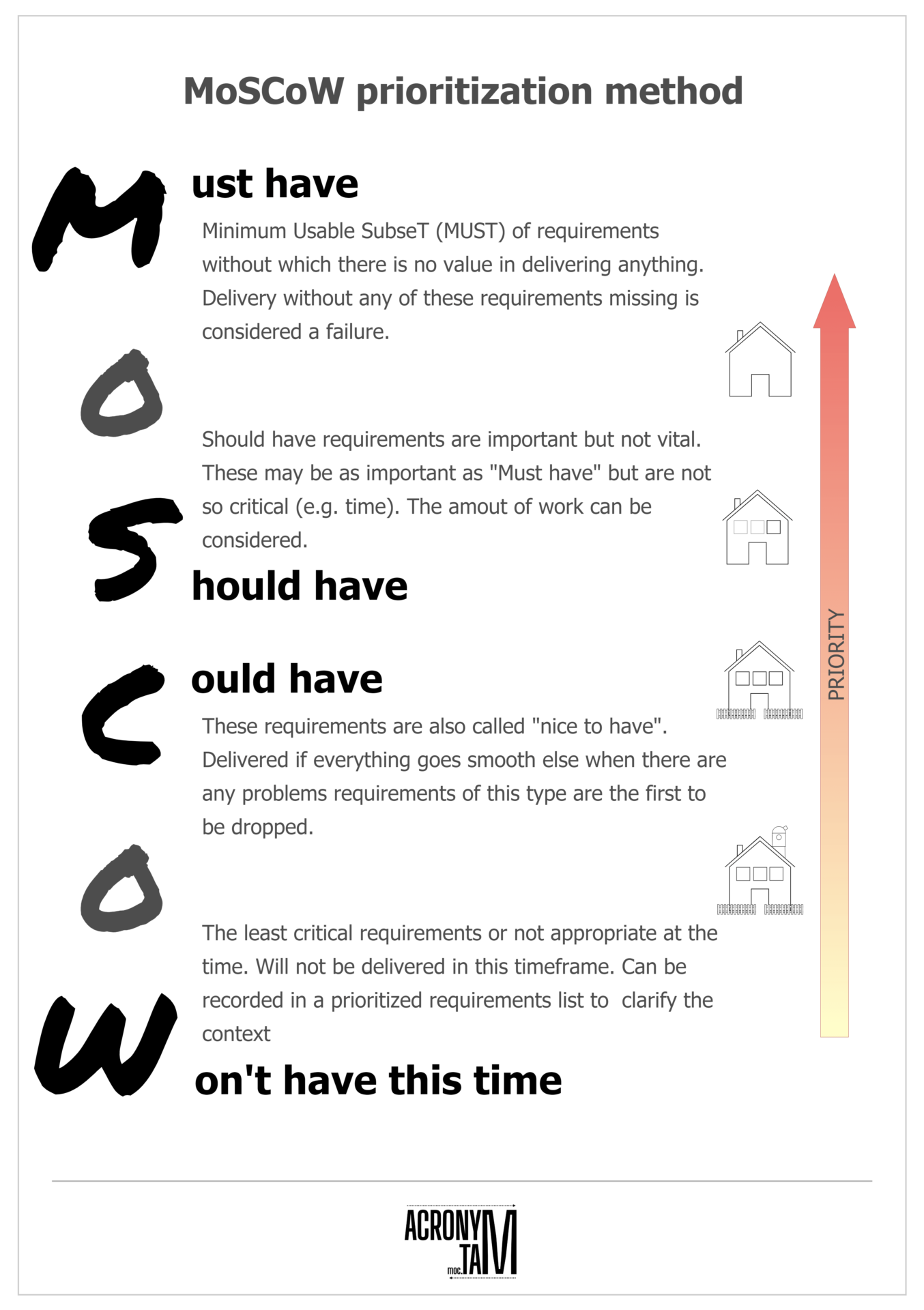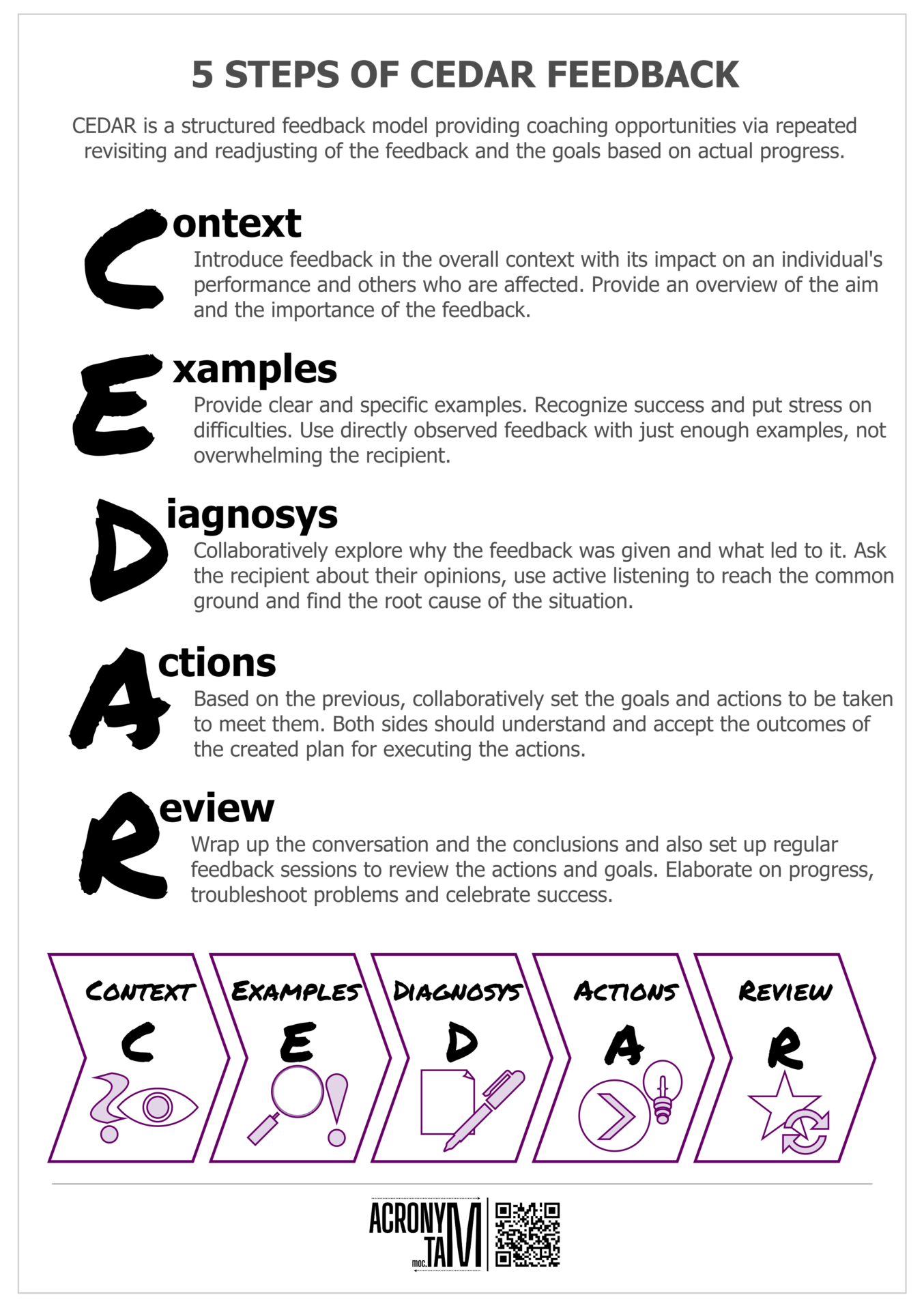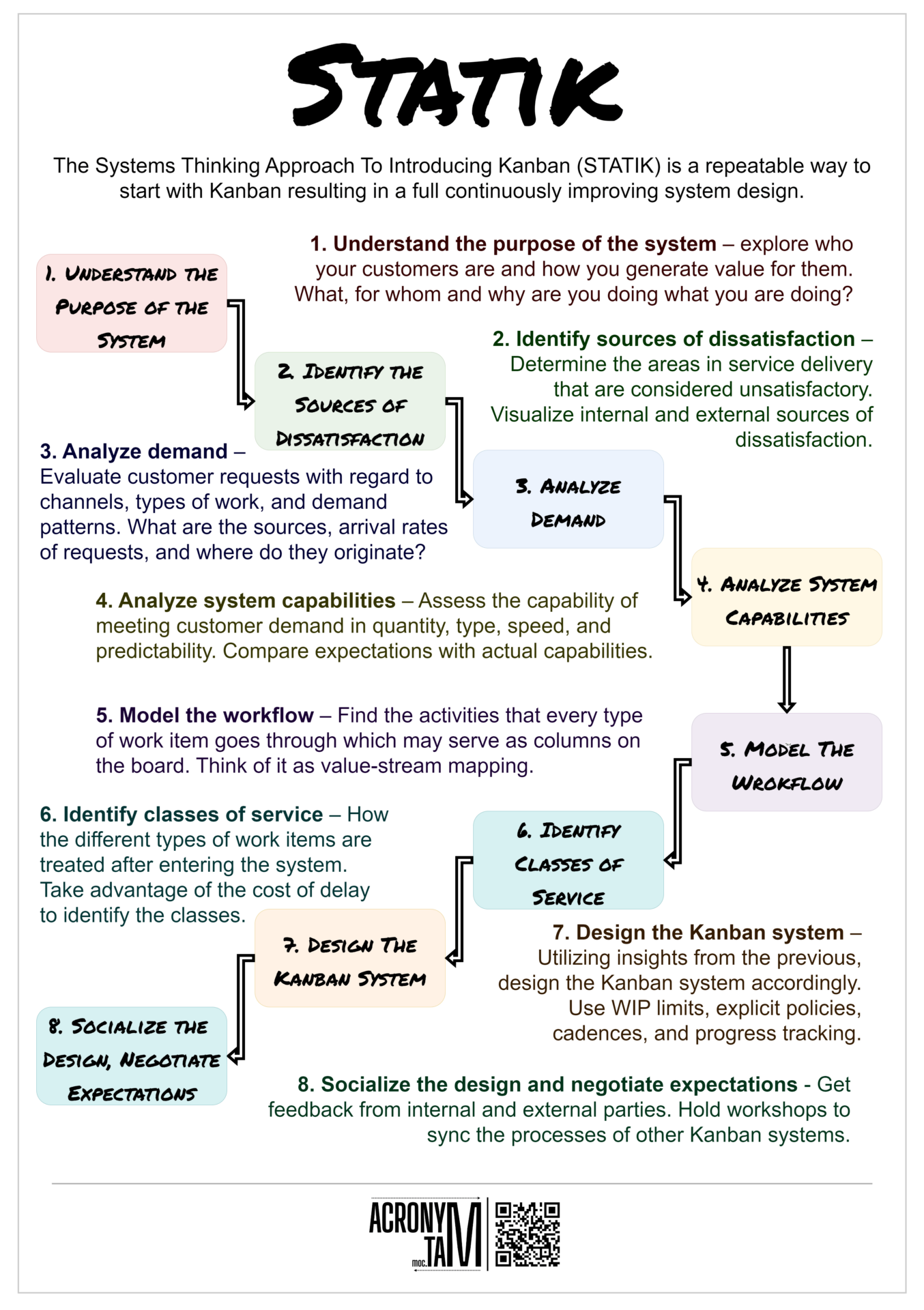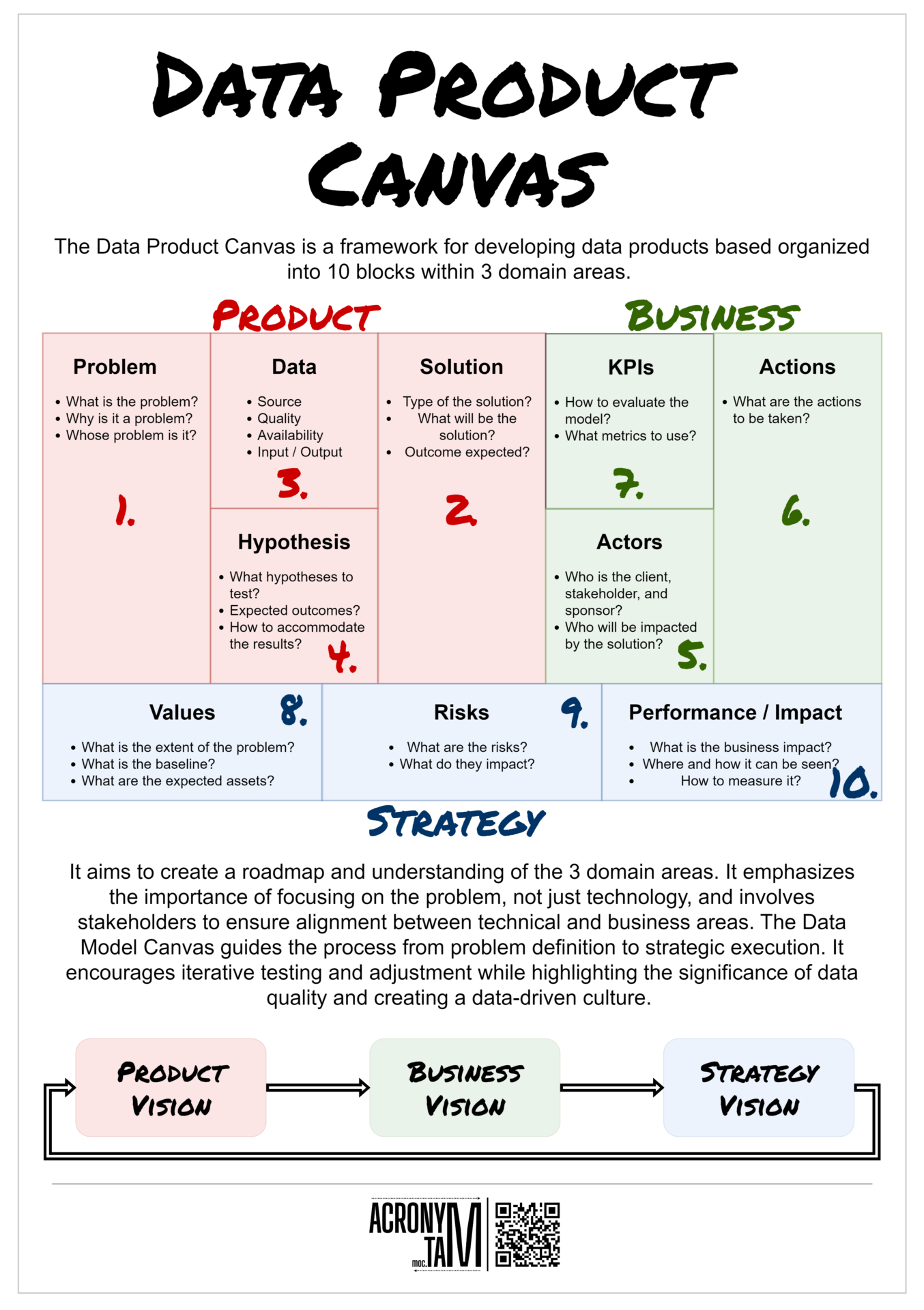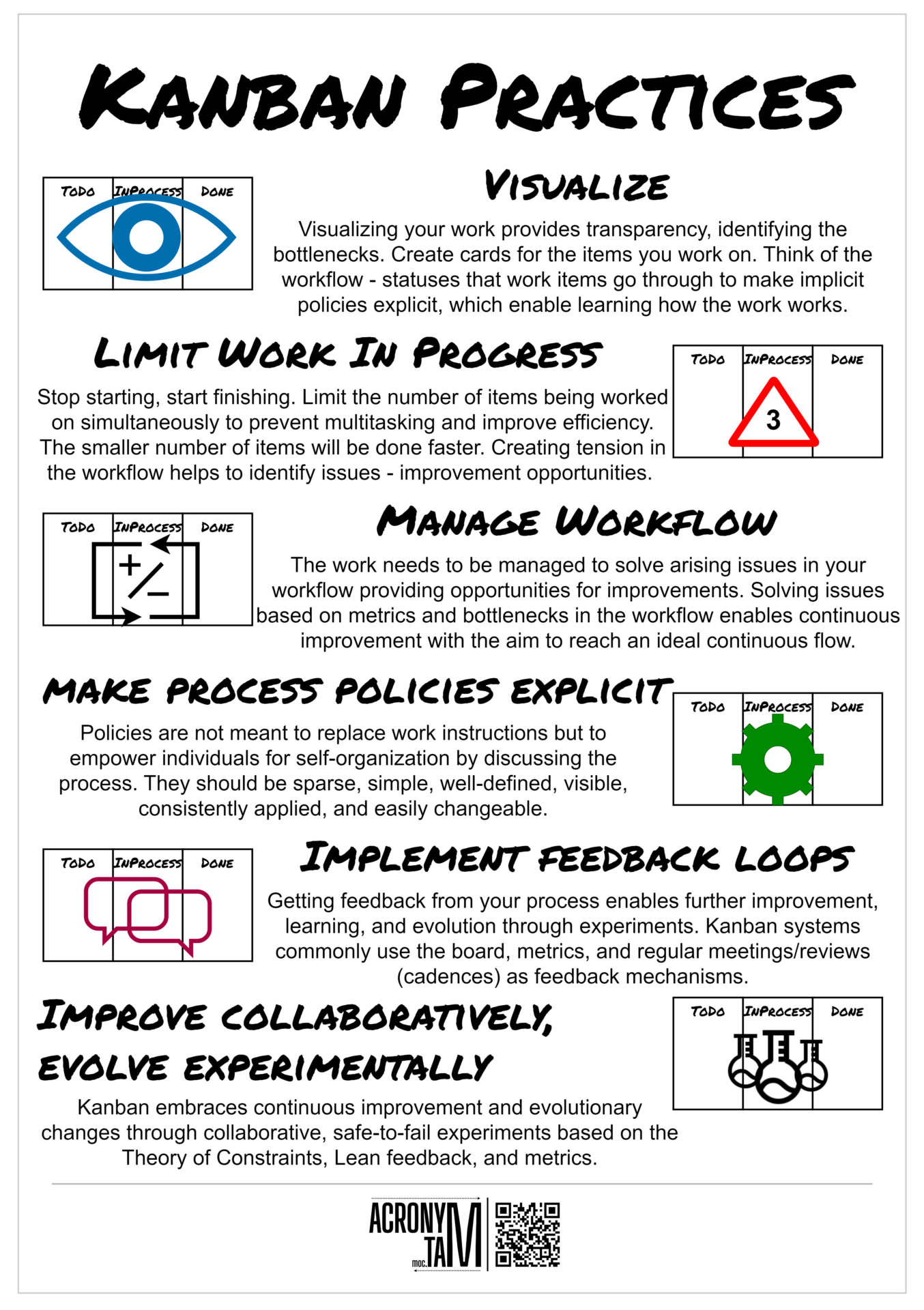Article
MoSCoW Prioritization
MoSCoW prioritization method is a popular method for prioritizing items in your product backlog.
Must have
Minimum Usable SubseT (MUST) of requirements without which there is no value in delivering anything. Delivery without any of these requirements missing is considered a failure.
Should have
Should have requirements are important but not vital. These may be as important as “Must have” but are not so critical (e.g. time). The amout of work can be considered.
Could have
These requirements are also called “nice to have”. Delivered if everything goes smooth else when there are any problems requirements of this type are the first to be dropped.
Won’t have this time
The least critical requirements or not appropriate at the time. Will not be delivered in this timeframe. Can be recorded in a prioritized requirements list to clarify the context


